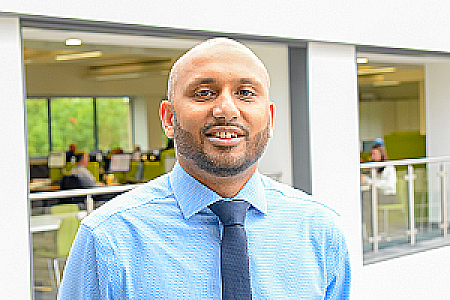Unconscious Bias explainer video (English)
Description
Vocal Characteristics
Language
EnglishAccents
British (General) British (Received Pronunciation - RP, BBC)Transcript
Note: Transcripts are generated using speech recognition software and may contain errors.
unconscious bias refers to are unintended people preferences formed by our socialisation environment and personal experiences, including exposure to certain stereotypes in society and in the media. We are hardwired to prefer people who look like us, sound like us and share our interests. Our brains used to thinking systems fast and slow thinking which operates simultaneously. This leads to us Categorising people, such as assigning certain characteristics, behaviours and abilities to certain groups of people and feeling more comfortable with certain groups of people over others. There are over 188 types of bias and in the workplace these can affect who we listen to and whose opinions we value, who we recruit, how we attribute behaviour, how we allocate work and provide feedback and how we provide informal support such as coaching, mentoring and sponsorship. So although biases are part of who we are, we must not let them affect our decision making as this can have legal and financial implications for ourselves and our organisations. For example, unconscious bias in recruitment may mean that the best candidate for a job may not be hired and the Equality Act 2010 makes it unlawful for an employer to discriminate on the grounds of a protected characteristic such as race, religion, gender, sexuality, disability and so on. Managing and controlling our biases is the responsibility of each and every individual and is not just a benefit to others, but it can lead to better and fairer decision making and enhance problem solving increased productivity and profitability.
